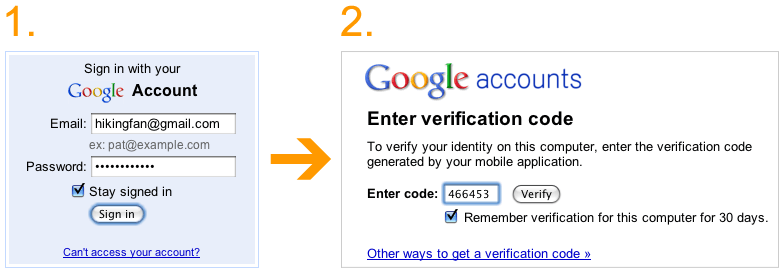Thought
to be the most effective eID implementation ever implemented, CARIPASS (made by Caricom) is a travel card that will enable faster and more secure travel
between Caribbean countries. First projected in 2009, CARIPASS has 15
governments in the Caribbean Community participating in the program,
enabling this more efficient travel option throughout the entire region. The governments include that of: Antingua and Barbuda, Barbados, Dominica, Grenada, Guyana, Jamaica, St. Lucia, St. Kitts and Nevis, St. Vincent and the Grenadines, and Trinidad and Tobago.
How
CARIPASS works is that eligible travelers enroll at local immigration offices
where their facial image, as well as two fingerprint scans are recorded and
stored. This data will then be electronically transferred to an ID card (shown
below). While traveling, these travelers will use self-service border crossing
gates. Here, travelers
will insert their Caricom Travel Card, which will
then ask them to verify their biometric data by completing a fingerprint
scanning. And then, viola! The traveler has passed border controls and is in the gate.
In
order to be eligible for CARIPASS, a traveler must be at least 16 years old,
possess a passport and be a citizen of a CARICOM nation. As advertised by
Caricom, CARIPASS caters to the frequent traveler, the “no hassle” traveler
and the “pressed for time” traveler.
Once
one applies and is granted a CARIPASS, the travel card will replace the
passport completely when traveling within the Caribbean. In addition, a
CARIPASS is a costly travel card. For a one-year pass, there is a non-refundable fee of $150,
and for a three-year pass, there is a non-refundable fee of $250. Furthermore, this fee is in
addition to the cost of a passport being that a passport is required in order to apply
for the CARIPASS. And for a region largely composed of developing countries,
these costs are not very reasonable, or convincing for travelers.
Due
to this issue, and to the inferred lack of political direction at Caricom, the
company has been postponing this project since 2009, when it was first
proposed. Regardless of these issues, however, Caricom has now purchased and
installed all of the equipment necessary to implement this program. In which case, we can now firmly
predict a sooner-than-later date for the system’s implementation.
Once implemented, CARIPASS will be the world’s first multilateral eID border crossing program.







